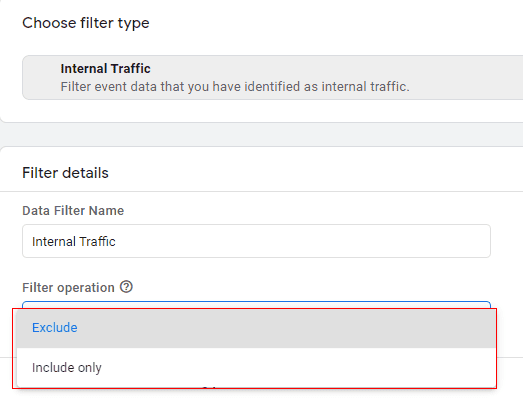GA4 is a new topic on the internet because Google Analytics Universal will soon be closed. Our goal is to analyze one significant segment in GA4: filtering.
In Which Order Does Google Analytics Filter Data?
Google Analytics four filter data in the order in which the filters were added. Google Analytics filters your data in different ways depending on the type. There are three types of filters: action, category, and dimension.

Action filters let you take specific actions on your data, such as deleting or pausing it. Category filters assign or remove categories to the traffic source. Dimension filters change the view of your data by changing the dimensions of a report.
In most cases, filter orders do not matter; however, if you want to pause a filter and still have the data available for analysis, setting up your filters in the correct order is essential. All filters follow a predefined order.
- Source Filters (only works if you are using Google Analytics e-commerce tracking) Action Filters: These can be used to delete traffic from your report, pause traffic from showing up in words, and exclude visits from showing up in reports (even if they hit other filters).
- E-commerce: These are the filters that all online merchants should use. They apply to e-commerce transactions, including products bought, clicked, or viewed.
- Category Filters: You can use the category filter to make your reports more specific by adding relevant product groupings (e.g., fashion, electronics).
- Dimensions are used to filter out visitors based on their behavior. That behavior can be either demographic or behavioral (also called interest). Demographic filters show visitors’ behavior based on their demographics, like age and gender. Behavior filters show visitors’ behavior based on what they did on your site (buy a product, watch a video, etc.).
- Action Filters: Action Filters allow you to take specific action on your data, such as deleting it or pausing it. These filters will enable you to limit particular reports and focus on what’s important.
Category Filters: The second type of filter that Google Analytics uses is a category filter. You can use these filters to make your reports more specific by adding relevant product groupings (e.g., fashion, electronics).
Google Analytics filter types
Three filters can be applied to data – action, category, and dimension. These filters will be explained below:
- 1. Exclude
This filter type excludes visits already analyzed through a previous filter. You can use this filter to remove traffic from your reports or prevent visitors from seeing specific reports or elements. You can also use this filter to save some data by filtering out all traffic before keeping it in your reports.
- 2. Include
This filter type allows you to include only visits that have already been analyzed through a previous filter. You can use this filter to narrow down the data being reported. For example, if you want to see only male visitors, you could apply a gender dimension filter to your reports.
- 3. Lowercase/Uppercase
This filter allows you to change how your visitor data is displayed based on the case in which they are typed into your website’s URL. For example, change the URL from “http://www.mysite.com/mycategory/” to “http://www.mysite.com/my-category/” but haven’t saved that version of the URL; this filter will still work as usual without changing anything else about the report or data.
- 4 Search & Replace
This type of filter allows you to change what is displayed in your messages based on a search-and-replace formula. You can use this filter to change the page names or the information collected in your reports.
- 5 Macros
Macros are less commonly used filters than the other types described above. Google Analytics runs macros if the macro itself returns a non-blank value. This filter is used for actions that must be taken only if some event occurs before data analysis occurs.
- 6. Advanced
The advanced filters are more complex than those types available to users with standard Google Analytics accounts. These filters require a bit more customization and knowledge of the system. One good example of this filter type is adding custom variables to your GA account.
Conclusion
Filters are an essential part of Google Analytics and have many uses. You can use filters to exclude traffic, pause traffic, or delete data from your reports.
- Facebook Ads to Get Followers! - December 27, 2024
- ClickUp vs. Slack - December 20, 2024
- Mastering E-Commerce Analytics: A Blueprint for Success




